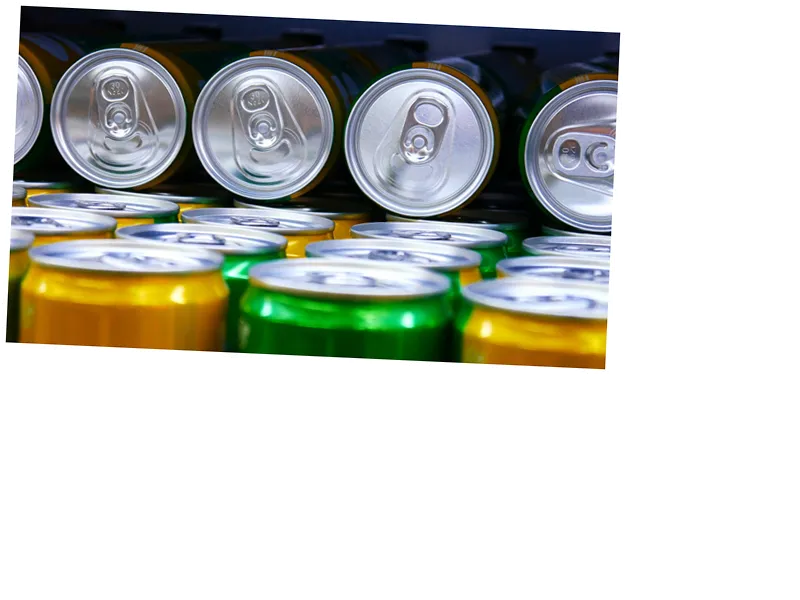Understanding Meal Replacement Drinks
Meal replacement drinks have surged in popularity, particularly among those looking to manage their weight or maintain a busy lifestyle. These drinks typically contain between 150 and 400 calories and are designed to replace regular meals with a balanced mix of protein, carbohydrates, and fats, along with essential vitamins and minerals. Originally created for hospital patients, their use has expanded to athletes and dieters alike who seek a quick and convenient source of nutrition.
The effectiveness of meal replacement drinks lies in their ability to help individuals feel full while controlling calorie intake. By substituting a higher-calorie meal with a drink that has fewer calories, dieters can create a calorie deficit—an essential component of weight loss. For instance, replacing a 700-calorie meal with a 400-calorie drink can support weight loss without the discomfort of hunger, ultimately aiding in fat loss while preserving muscle mass.
The Benefits and Drawbacks of Meal Replacement Drinks
While meal replacement shakes offer several advantages, such as controlling calorie intake, being rich in nutrients, and providing a quick meal option, there are also important considerations to keep in mind. Research indicates that these drinks can effectively support weight loss when integrated into a balanced diet. They can help ensure adequate protein intake and often include added vitamins and minerals, making them a suitable option for those on the go.
However, it is crucial to note that meal replacements are not a magic solution. Many undergo extensive processing, which can introduce artificial ingredients that may pose health risks. Moreover, they do not fully replicate the nutritional benefits of whole foods, particularly in terms of fiber and other essential nutrients. Therefore, while meal replacements can be a helpful tool in a weight management strategy, they should complement, not replace, a diet rich in natural foods.





